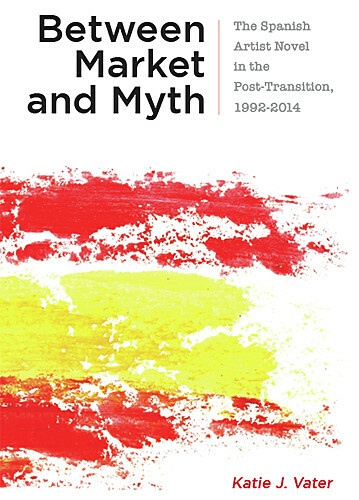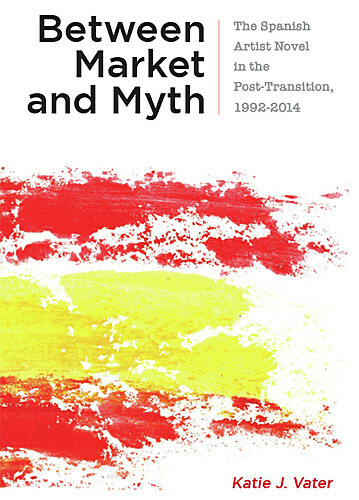
226 pages, 6 x 9
None
Paperback
Release Date:17 Jul 2020
ISBN:9781684482214
Hardcover
Release Date:17 Jul 2020
ISBN:9781684482221
Between Market and Myth
The Spanish Artist Novel in the Post-Transition, 1992-2014
Bucknell University Press
In its early transition to democracy following Franco’s death in 1975, Spain rapidly embraced neoliberal practices and policies, some of which directly impacted cultural production. In a few short years, the country commercialized its art and literary markets, investing in “cultural tourism” as a tool for economic growth and urban renewal. The artist novel began to proliferate for the first time in a century, but these novels—about artists and art historians—have received little critical attention beyond the descriptive. In Between Market and Myth, Vater studies select authors—Julio Llamazares, Ángeles Caso, Clara Usón, Almudena Grandes, Nieves Herrero, Paloma Díaz-Mas, Lourdes Ortiz, and Enrique Vila-Matas—whose largely realist novels portray a clash between the myth of artistic freedom and artists’ willing recruitment or cooptation by market forces or political influence. Today, in an era of rising globalization, the artist novel proves ideal for examining authors' ambivalent notions of creative practice when political patronage and private sector investment complicate belief in artistic autonomy.
Published by Bucknell University Press. Distributed worldwide by Rutgers University Press.
Published by Bucknell University Press. Distributed worldwide by Rutgers University Press.
'Between Market and Myth covers a fascinating topic which allows for the exploration of questions central to the cultural production of the period and of the changing, at times contradictory, role of the artist. The topic is exciting and timely, and Vater presents a provocative frame for the discussion.'
The book makes a compelling case for the effects that neoliberalism has on cultural capital and supports its convincing argument with an all-encompassing literary analysis that masterfully interprets the primary texts in their historical and geographical context.
Is the value of an artist and her product intrinsic or extrinsic to society? Katie Vater’s intriguing study engages this question through an analysis of several Spanish literary works produced between 1992 and 2014.
'Between Market and Myth covers a fascinating topic which allows for the exploration of questions central to the cultural production of the period and of the changing, at times contradictory, role of the artist. The topic is exciting and timely, and Vater presents a provocative frame for the discussion.'
The book makes a compelling case for the effects that neoliberalism has on cultural capital and supports its convincing argument with an all-encompassing literary analysis that masterfully interprets the primary texts in their historical and geographical context.
Is the value of an artist and her product intrinsic or extrinsic to society? Katie Vater’s intriguing study engages this question through an analysis of several Spanish literary works produced between 1992 and 2014.
Vater’s volume is a remarkable contribution to studies of the contemporary Spanish novel, and its readers will find many ways to connect its conclusions to the current status quo.
KATIE J. VATER is an assistant professor of Spanish at the University of Wisconsin-Milwaukee. Her published research centers on inter-art dialogues and ekphrasis, in addition to the artist novel and representations of cultural labor. Her current research examines neoliberalism’s relationship to literature in Spain, especially after the 2008 financial crisis.
Acknowledgements
Introduction
1 The Weight of Fame: Memory in Two Contemporary Künstlerromane by Ángeles Caso and Julio Llamazares
2 The Postfeminist Turn in the Artist Novel by Women: The Case of Almudena Grandes, Clara Usón, and Nieves Herrero
3 The Art Historian as Neoliberal Subject in Lourdes Ortiz’s Las manos de Velázquez and Paloma Díaz-Mas’s El sueño de Venecia
4 Affiliation Anxiety: Avant-Garde Identity at dOCUMENTA(13) in Enrique Vila-Matas’s Kassel no invita la lógica
Conclusion
Bibliography
Index






